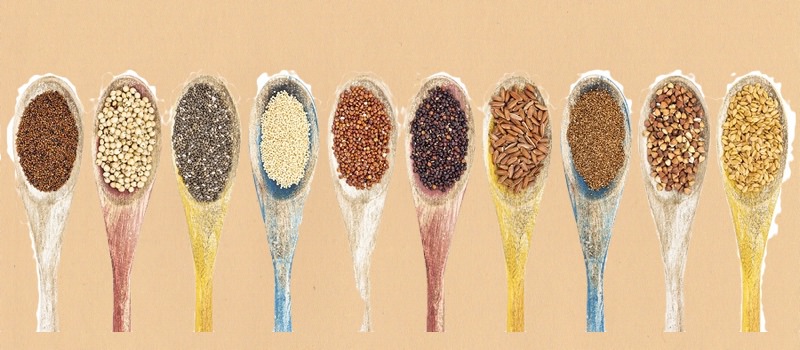Going Gluten Free – Not Always Healthy Part 3
Looking for Part 1 and Part 2 of this series?
Up Your Quality
Replace the gluten infused foods you have eliminated with healthy whole foods. Try not to replace regular, unhealthy processed foods with processed gluten free foods of the same caliber. Up your quality! Many gluten free labeled foods such as pasta, bread, and snacks are made with starches like tapioca starch, potato starch, and corn starch. These starches are added to provide a wheat-like texture, but they are deficient in fiber and could raise your blood sugar levels and incite inflammation worse than the gluten-filled products you just eliminated! Look for nutrition fact panels showing high fiber, nonGMO or organic ingredients with healthy fats. Whole grains are preferable to stripped-down white grains. When you need prepared foods, shop for natural, processed gluten free foods with a small handful of highly-recognizable ingredients.

Be aware that processed gluten free foods are not always 100% free of gluten. According to the FDA’s standard definition of gluten free as of 2014, manufacturers may label their processed packaged foods “gluten free,” as long as the food product contains less than 20 parts per million (ppm) of gluten. Even this tiny permissible amount may still trigger symptoms in those who have very high sensitivities of gluten intolerance. Know your body. How sensitive are you to gluten?
Find Brands You Trust
A new study published in the Journal of the American Dietetic Association found that a high number of “gluten free” products are cross contaminated. This study demonstrates a major problem for those following a gluten free diet. A random test showed that as high as 41% of shelf based products had enough gluten cross-contamination to create a health problem for those with gluten intolerance. For extra precaution, look for products prepared in a “dedicated facility”, which should be marked on the package. This means there is no possibility for cross-contamination as absolutely no wheat, etc. is allowed into the building.
Know Your Grains
Gluten is found in wheat, kamut, spelt, barley and rye. Far more grains are thought to be gluten free, so be of good cheer as the choices are numerous. Take oats for example. Oats were thought to have gluten until it was discovered that they often are cross-contaminated at the mill. Now you can get clean oats, tested down to ppm (parts per million) and marked “gluten free”! Rice and corn are generally accepted as gluten free. Find pasta, pizza, entrees, bread, and baked goods make from teff, amaranth, buckwheat, coconut, nuts, sorghum, cassava, millet, and quinoa for lots of selection. High quality processed gluten free foods do exist. Do your research and decide which of these products work for you. Some “gluten free” grain substitutes have not been adequately studied to be recommended as staple foods in the daily diet. Clearly, so many, many products made from these gluten free nuts, legumes, and grains are working for lots of gluten intolerant folk. Only you can decide if garbanzo flour, cassava pasta, and coconut flour are in your future.
Finally, eating unhealthy processed food is not going to help you re-establish or maintain your health. There are many ways you can get the nutrition you need without processed foods. To get the right nutrition, your best option is going to be organic, whole foods that contain all the vitamins and minerals your body needs to repair any damage already done to your body from eating processed gluten-containing foods. Further, it will help you maintain an on-going and healthy gluten free lifestyle.
